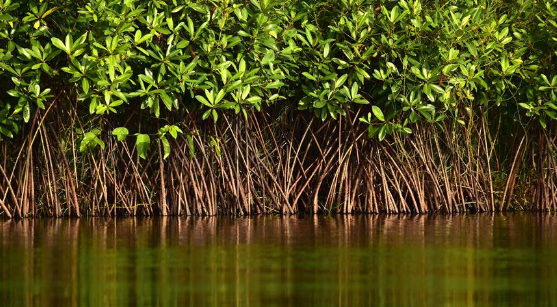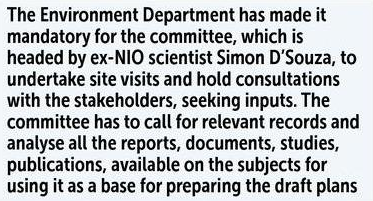
Team Herald
PANJIM: In a major move, the State government has initiated a process to prepare plans for management of Khazan lands, mangroves and for the fishing community living in Coastal Regulation Zone (CRZ) areas.
The Environment Department has constituted three committees (with same members), headed by former National Institute of India (NIO) scientist Simon D’Souza for preparing the draft reports –‘Khazan land Management’, ‘Mangrove Management’ and ‘Comprehensive Plan for fishing community living in CRZ areas”. The report has to be prepared and submitted to the government within 45 days.
The committee has to call for relevant records and analyse all the reports, documents, studies, publications, available on the subjects for using it as a base for preparing the draft plans.
It has to also study the present laws, rules, regulations that are in force with regards to management of khazan lands, mangroves and CRZ, with particular to fishing communities along the coastal belts.
The department has made it mandatory for the committee to undertake site visits and hold consultations with the stakeholders, seeking inputs.

The 11-members committee comprises former Director of Department of Science and Technology, Former Chief Engineer of Water Resources Department, former NIO scientist, member of Energy Research Institute, Secretary of Heritage Network Group and other invitees.
Khazans, the centuries-old marvels, are considered as the most threatened amongst all natural ecosystems of the State. It is estimated that about 4,00ha of Khazans are lost over the last thirty years. The Government is now looking at protecting these marvels, which are spread across 18,000 hectares (Ha), which is about 5 per cent of the State's total geographical area.
The unregulated urban development, increased pollution, altered distribution and with increased tourism, has resulted in the most destructive human impact on mangrove forests. Goa has witnessed a sharp decline of mangrove area over the last three decades- from 20,000 ha in 1987 to 2,200 ha in 2015. However, despite all odds, the dedicated efforts by the forest department have given some results, with mangrove cover witnessing growth of nearly 10 sq kms since the last three years.
